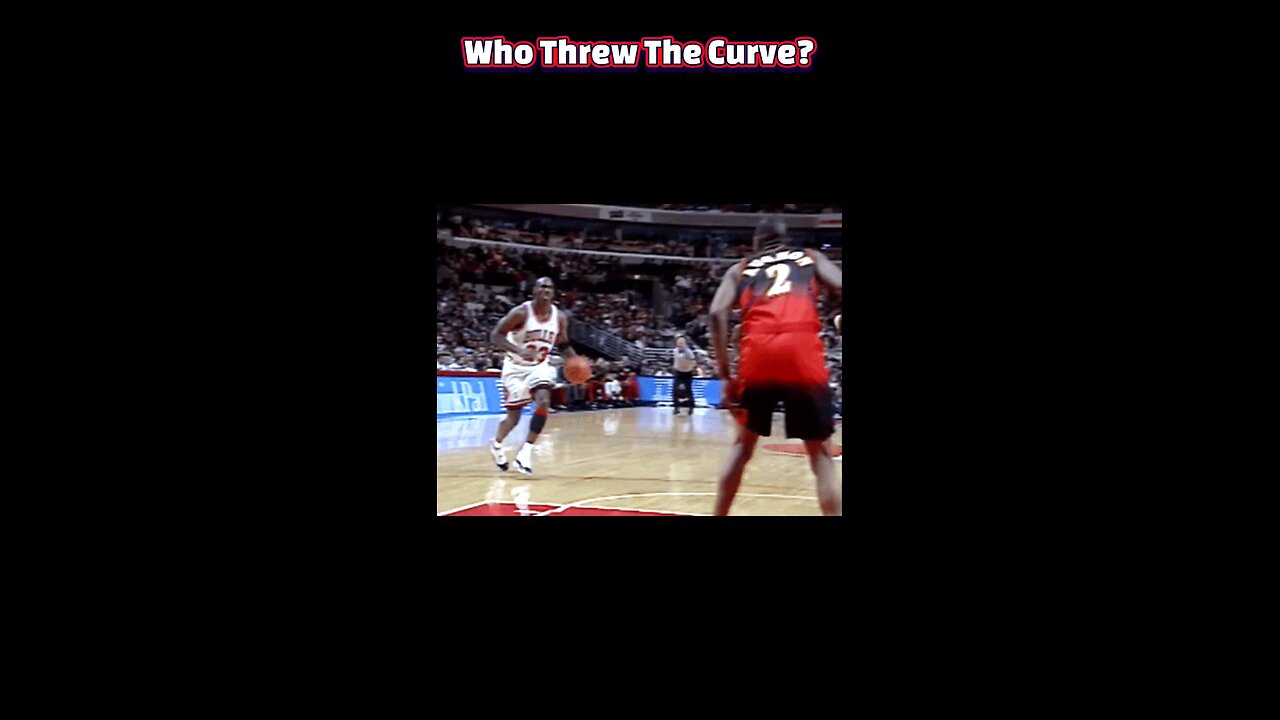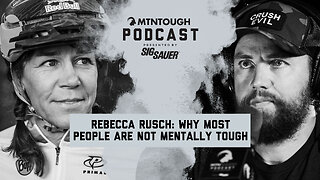Premium Only Content

Two-Way Tyrants & Load Management Lies: How Stars Like Edwards & Tatum Are Changing the NBA
#NBAAnalysis #BasketballBreakdown #NBA2025 #TwoWayStars #AnthonyEdwards #JaysonTatum #DefenseWinsGames #LoadManagement #PlayerHealth #KawhiLeonard #LeBronJames #HotTake #GameChanger #BasketballIQ #HoopsTalk
The modern NBA is being quietly seized by true two-way engines—wings who tilt games on both ends and make “specialist” labels feel outdated. Players like Anthony Edwards and Jayson Tatum aren’t just piling up points; they’re bending schemes, cleaning up mismatches, and winning the possession battle with defense that shows up in impact metrics. That shift makes the old scoring-vs-stopping tradeoff look obsolete. It also collides with an era of ruthless calendar math—load management—where availability becomes a strategic resource rather than a given. Anthony Edwards embodies the ascendance of the two-way wing. His defensive rating improved from 116.1 as a rookie to 109.5 by 2023–24, signaling real growth in on-ball discipline and team concepts; in 2024–25, Minnesota also profiled as a top-6 defense, the kind of environment where a star’s defensive buy-in magnifies rim protection and help rotations. The impact shows up on the scoreboard too: Edwards posted a +432 raw plus-minus in 2023–24, the signature of a star whose minutes drive outcomes, not just highlight reels. Jayson Tatum’s value is even clearer through on/off splits—the bluntest test of “what happens when you sit?” Early in the 2024–25 campaign, Boston outscored opponents by 199 points in Tatum’s 690 minutes, and by just two points in 237 minutes without him, a gulf that captures his two-way gravity in lineup integrity and shot quality on both ends. His evolution beyond pure scoring—more playmaking, more vocal leadership—was identified by coach Ime Udoka during Boston’s 2022 defensive surge, a reminder that Tatum’s star turn coincided with the team’s return to elite defense. Load management enters as the uncomfortable tradeoff between spectacle and survival. The science-based rationale is straightforward: monitor cumulative physiological stress (games, travel, recovery load) to reduce injury risk and ensure peak availability when it matters. Kawhi Leonard’s 2019 blueprint—60 regular-season games, full-strength playoffs, Finals MVP—turned rest into a ring-chasing tactic, and his later approach even reframed it as a style of play: do more while doing less, with ruthless economy, plus meticulous postgame recovery routines. But there are costs. Fans and TV partners understandably bristle when healthy stars sit—marquee nights lose their punch, and trust frays when “best vs. best” feels optional. The ethos divide is visible: LeBron James publicly vowed, “I plan on playing every game,” staking out the availability-as-leadership position; critics like Charles Barkley argue that too much rest can erode the very endurance needed to withstand a playoff grind, while others counter that strategic rest is why certain stars still have a playoff gear at all. The truth is messy: load management can safeguard longevity and elevate title odds, but it also taxes the nightly covenant between league, fans, and the game’s highest-paid protagonists.
-
 1:24:12
1:24:12
Katie Miller Pod
2 hours ago $0.18 earnedEpisode 7 - Jillian Michaels | The Katie Miller Podcast
5.89K3 -
 LIVE
LIVE
Rallied
2 hours ago $0.05 earnedHigh Octane Warzone Wins All Night
94 watching -
 8:35
8:35
Adam Does Movies
8 hours agoHIM - Movie Review
1631 -
 21:43
21:43
Jasmin Laine
4 hours ago“The Situation Is DETERIORATING”—CTV PANICS as Poilievre HUMILIATES Carney LIVE
5278 -
 LIVE
LIVE
The Mike Schwartz Show
4 hours agoTHE MIKE SCHWARTZ SHOW Evening Edition 09-22-2025
134 watching -
 1:34:59
1:34:59
Russell Brand
6 hours agoTrump Hails Charlie Kirk A Martyr As 100,000 PACK Arizona Stadium To Honor “American Hero” - SF637
212K57 -
 1:58:55
1:58:55
The Charlie Kirk Show
7 hours agoThe Charlie Memorial Aftermath | Benny Johnson, Sortor, Brick Suit | 9.22.2025
200K196 -
 1:56:39
1:56:39
Right Side Broadcasting Network
9 hours agoLIVE REPLAY: White House Press Secretary Karoline Leavitt Holds a Press Briefing - 9/22/25
95.6K34 -
 57:37
57:37
MTNTOUGH Podcast w/ Dustin Diefenderfer
9 hours agoRebecca Rusch: The Queen of Pain's SHOCKING Secret to Mental Toughness | MTNPOD #134
1.98K -
 1:02:41
1:02:41
The Amber May Show
4 hours agoWorship, Honor, and Legacy: My Experience at Charlie Kirk’s Memorial
3.7K1